It sounds counterintuitive, but regular trims are essential to maintaining long, healthy hair. Unfortunately, many people struggle to determine the right frequency for haircuts, especially when trying to grow their hair longer. Understanding what causes split ends helps explain why trims are necessary, but that is just one piece of the puzzle. Let’s explore how often you should trim your hair based on your hair type, condition and styling practices.
Understanding Hair Growth Cycles
Hair growth follows a predictable pattern divided into three main phases: anagen (growth), catagen (transition) and telogen (resting). During the anagen phase, hair grows approximately one-half inch per month for most people. This phase lasts two to seven years, explaining why some people can grow their hair long while others hit a length plateau.
The catagen phase follows and lasts about two weeks. During this phase, growth stops and the follicles shrink. Finally, during the telogen phase, the hair rests before shedding to make way for new growth. This final phase lasts one to four months. At any given time, about 85-90 percent of your hair is in the growth phase, while the remainder cycles through the other stages.
These natural growth cycles explain why your hair grows at a specific rate, regardless of how often you trim it. The common myth that cutting hair makes it grow faster stems from the fact that trimming removes damaged ends, preventing breakage that would otherwise make hair appear to grow more slowly. Fresh cuts also create the appearance of thicker, fuller hair, contributing to this misconception.
The Science Behind Split Ends
Split ends, technically called trichoptilosis, occur when your hair’s protective outer layer (the cuticle) suffers damage and peels away, exposing the inner cortex. Once exposed, the cortex fibers separate, creating a “split” appearance.
Several factors contribute to this damage:
Mechanical Damage
Daily brushing, combing and styling cause mechanical damage. Every time you brush through tangled hair, you create microscopic tears in the cuticle. Over time, the tears worsen, leading to splits.
Heat Styling
Straighteners, curling irons and blow dryers strip moisture from the hair shaft and weaken its structure, making it more prone to splitting. High temperatures soften keratin proteins in your hair, altering their structure and creating weak points along the strand.
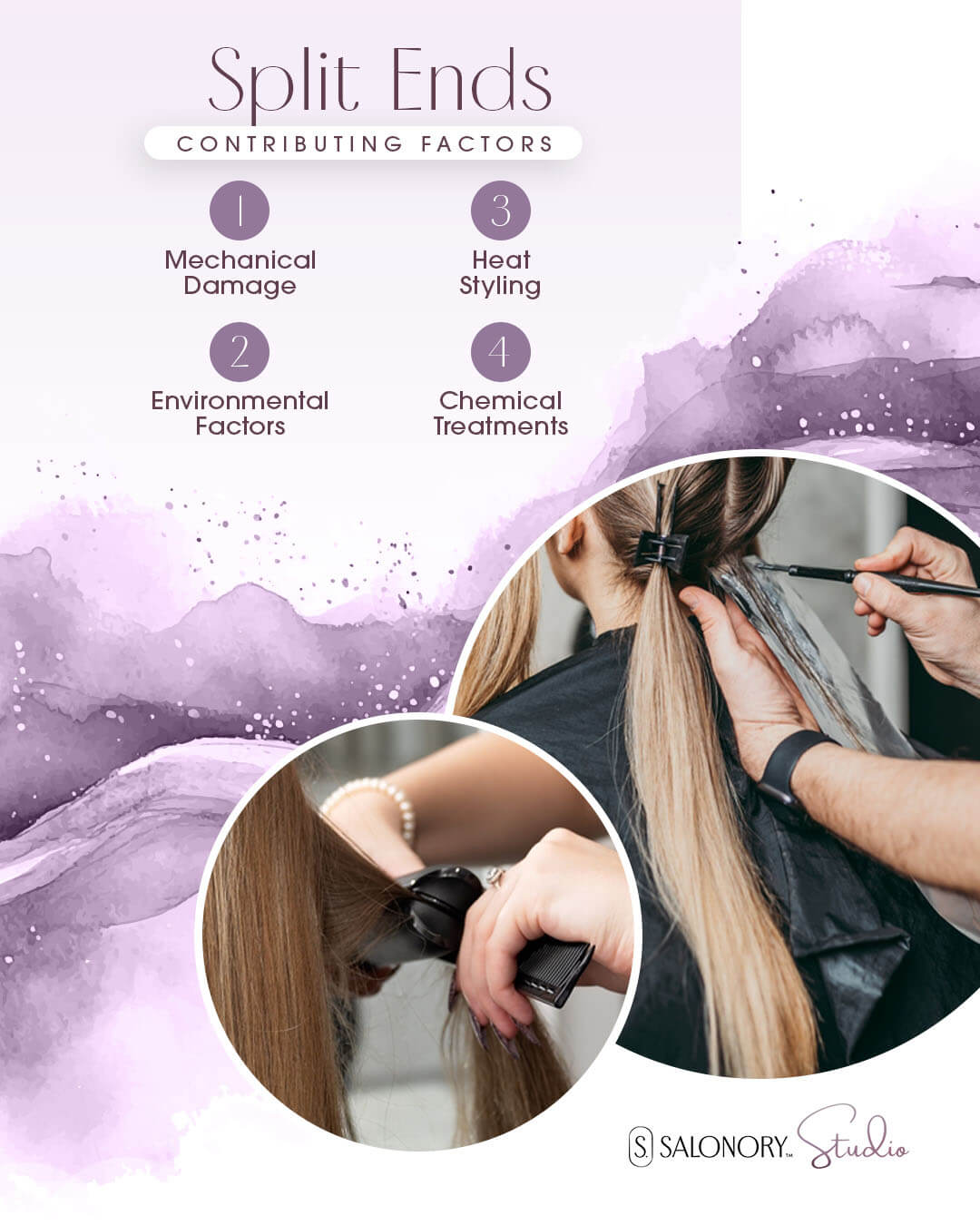
Environmental Factors
Sun exposure, wind, chlorine and salt water gradually wear away the cuticle, making hair more prone to split ends. UV rays break down proteins, making them especially damaging.
Chemical Treatments
The chemicals used during coloring, perming or relaxing penetrate the cuticle and change the hair’s structure. As a result, chemical services can make hair vulnerable to splitting.
Once a split forms, there is no way to truly repair it. Temporary fixes like serums and masks may seal the split temporarily, but the damage remains and continues traveling up the hair shaft.
Determining the Right Trimming Schedule
Each person’s ideal trimming schedule varies depending on several factors, including hair type. When establishing hair care routines, learn how to determine hair type by examining its density and texture.
Hair density refers to the number of individual strands per square inch of scalp. People with high-density hair need more frequent trims as the greater number of hair strands creates friction, leading to increased damage. Those with low-density hair can usually go longer between salon visits.
Hair texture — whether your strands are fine, medium or coarse — also influences trimming needs. Fragile and prone to breakage, fine hair often requires frequent maintenance cuts, while people with coarse hair can usually go longer between trims.

Curl pattern plays a huge role, too. Curly and coily tresses are more susceptible to dryness since the scalp’s natural oils struggle to travel down the hair shaft’s twists and turns. This dryness makes curly tresses more vulnerable to damage and split ends.
Damage is more visible in short hair. Without curls to hide imperfections, every split end is noticeable. On the plus side, straight hair benefits from easier oil distribution from scalp to ends, which minimizes dryness issues.
Even your styling routine impacts your trimming needs. Heat styling stresses hair — especially the ends. Those who use hot tools multiple times per week require frequent trims to manage the resulting damage.
Trim Recommendations Based on Hair Type
Fine, straight hair typically requires frequent trimming, often every six to eight weeks. Without the strength of thicker hair types, fine hair quickly shows damage and looks flat and lifeless. If you have this type of hair, request techniques that create the appearance of fullness, such as blunt cuts or subtle layers that add movement without removing too much bulk.
Medium-textured straight or wavy hair usually needs a trim every eight to 10 weeks. Stick to a six- to eight-week schedule if you regularly heat style your hair, though.
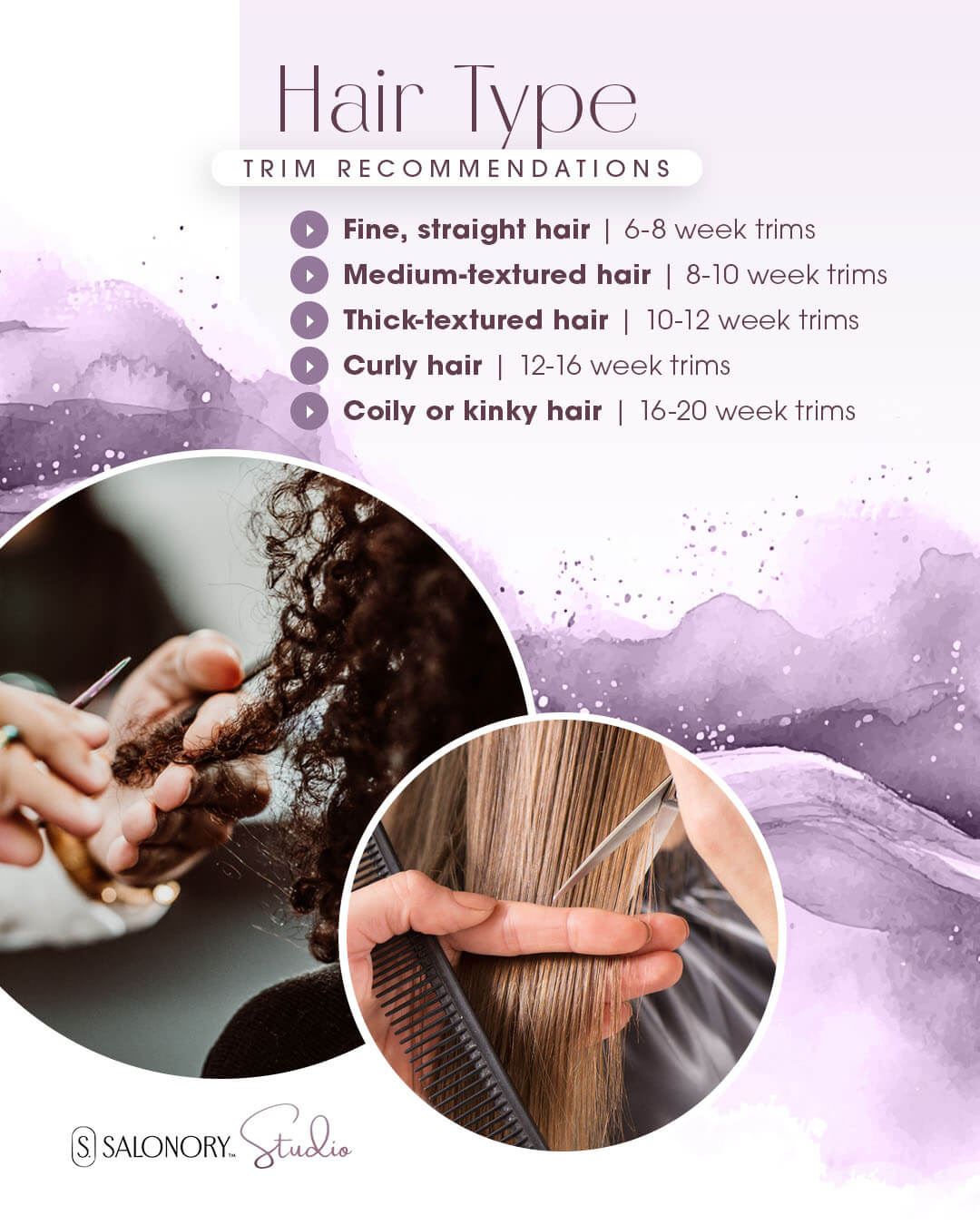
Thick, straight hair can usually go 10-12 weeks between trims if well-maintained. However, it can become heavy and difficult to style without regular shaping, so schedule more frequent trims if necessary.
Curly hair benefits from a seasonal trimming schedule, approximately every 12-16 weeks. Because curly hair tends to be drier, preserving length while removing only damaged portions supports health and growth goals. Finding a stylist who specializes in curly cuts ensures proper shaping that works with your curl pattern rather than against it.
Coily or kinky hair types can go up to 16-20 weeks between trims when protected styles are worn. Regular moisturizing treatments and minimal heat styling are crucial to maintaining these hair types between trims.
Trimming Schedules for Different Hair Goals
Your hair goals also help determine how often you should schedule trims. If you’re trying to maintain a specific cut or style, frequent trims — typically every four to six weeks — preserve the shape and intended look. Short haircuts and precise styles like bobs also require vigilant maintenance.
If you think you should skip trims while trying to grow your hair longer, think again. While it might seem counterintuitive, regular “micro-trims” every eight to 12 weeks support length goals. Minimal cuts of 1/4 to 1/2 inch remove only the damaged portions, preventing splits from traveling up the hair shaft.
Wondering how to grow thicker hair? Combining regular trimming with proper nutrition, gentle styling techniques and products designed to support scalp health creates an optimal growth environment. Regular trims help you maintain thick, luscious locks by eliminating the damage that makes hair appear thin.
Signs Your Hair Needs a Trim
Rather than strictly adhering to calendar-based trimming schedules, pay attention to how your hair behaves. Several signs indicate when it’s time for a trim, regardless of how long ago your last appointment was.
The most obvious sign is visible split ends. Examine your ends in bright, natural light. If you notice fraying, splitting or white dots at the tips of your strands, your hair is crying out for attention. These white dots, called trichonodosis, are early warning signs of damage that will develop into splits without intervention.
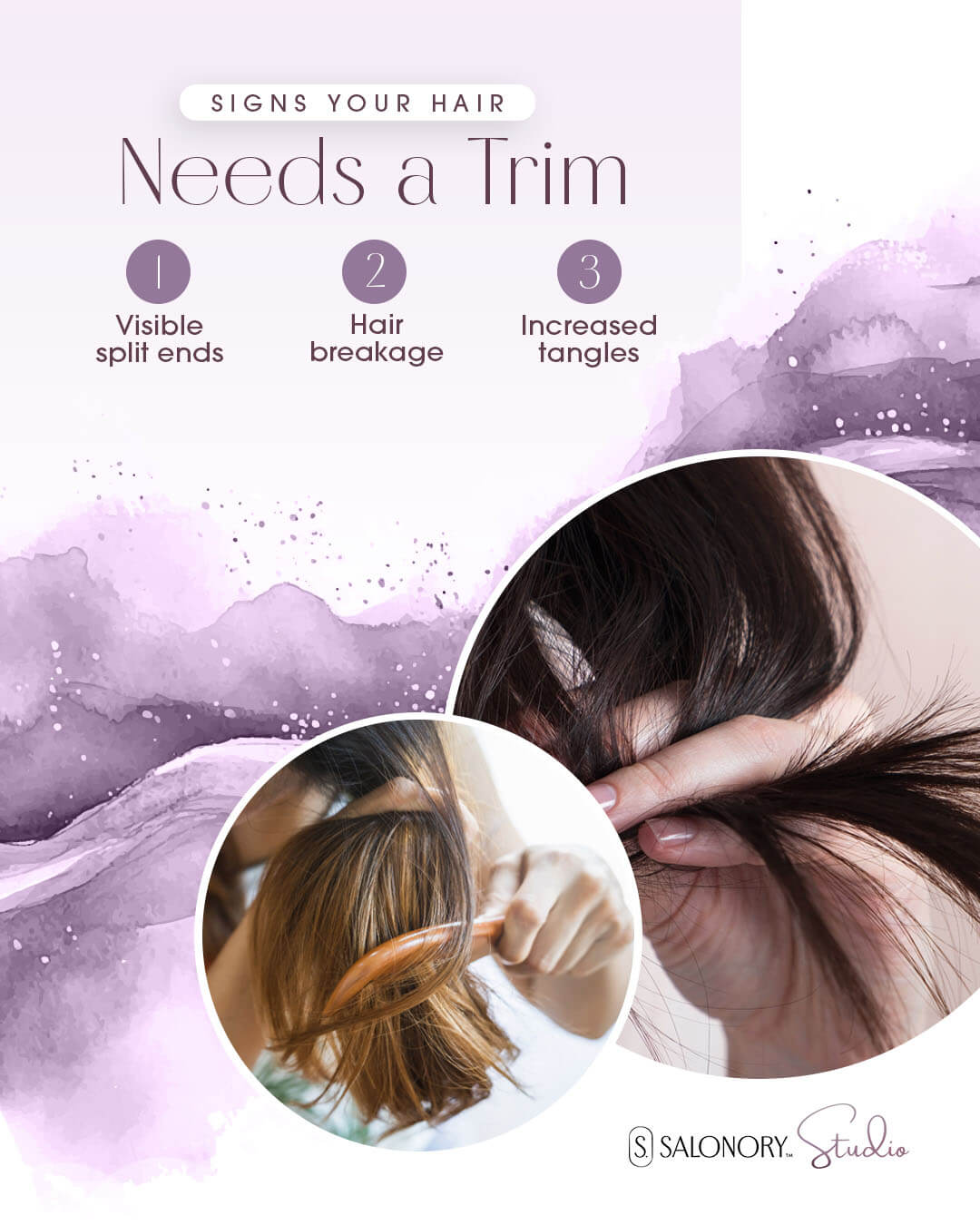
Dealing with increased tangles? Get a trim. When your brush meets more resistance or your normally manageable hair becomes prone to knots, damage at the ends is the likely culprit.
Some shedding is normal, but breakage could be to blame if it’s excessive. If you notice short strands in your shower drain or on your clothing, damage may be causing your hair to break before completing its natural growth cycle.











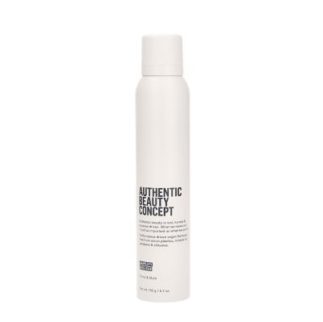
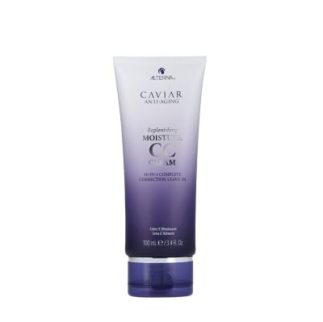

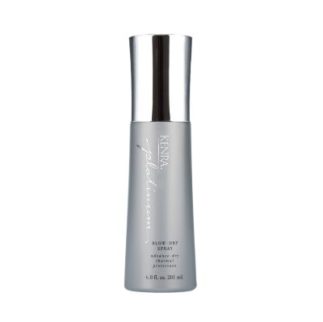

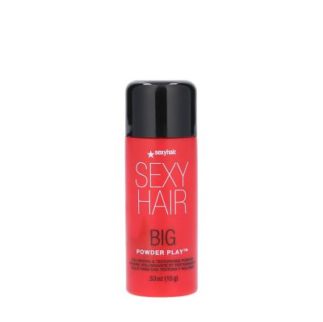
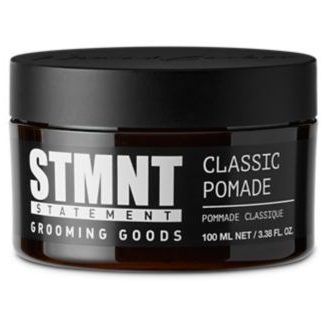
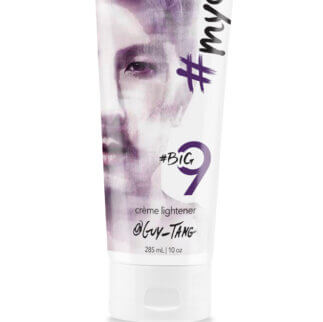
Share Your Feedback